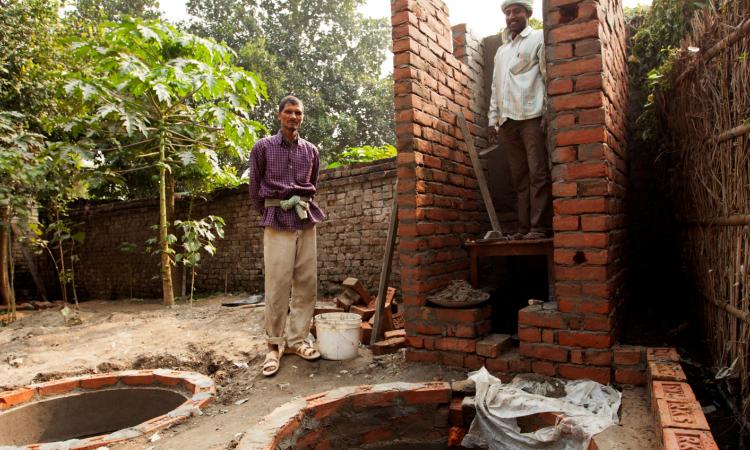
The Swachh Bharat Mission’s baseline survey report of 2012 named Odisha and Bihar as the states having the worst sanitation figures in the entire nation. While 88% of households in Odisha had no toilets, the figure stood at 78% for the state of Bihar.
A reinvented approach is required to eliminate open defecation under the overarching Swachh Bharat framework and the current scenario in Bihar presents a compelling case for large scale community engagement.
What is Community-led Total Sanitation?
Many community-wide sanitation approaches emerged during the last decade and Community-led Total Sanitation (CLTS) is one such approach. Here, unfavorable aspects of the act of defecating in the open are brought to the fore by making the community talk about it out in the open. The idea is to internalize the importance of good hygiene and healthy sanitation practices so as to eliminate the need for recurrent external incentives.
The method has impressive track record with initial success when tested on a large scale across different settings. Evidence suggests that CLTS is an effective approach to improve hygiene and sanitation behavior where large scale open defecation is in practice. However, till date CLTS facilitation techniques have not been employed in Bihar.
With the Swachh Bharat Mission in full vigour, the time is now ripe to introduce this community led approach in the state with some of India’s worst sanitation coverage figures.
Why Bihar needs to be led by the community?
The overall purpose of introducing CLTS in the state is to demonstrate a functional and replicable model of the community led approach for hygiene & sanitation promotion.
The Bihar Technical Assistance Support Team took it upon them to familiarize officials of various government bodies in the area with the CLTS strategy. The District Magistrate (DM) of West Champaran was ready to listen to them and act further, provided they make at least a couple of villages in the area Open Defecation Free (ODF).
The District Water and Sanitation Committee was approached next for support. The team had little success as the DWSC officials were not in favour of the CLTS approach. As a result, five Panchayats were hand-picked for triggering sanitation behavior change, out of which the President of one, Lakhora Panchayat, seemed motivated enough to change his village ODF within a month.
The usual suspects – disgust, shame and pride – were employed to change behavior. How defecating in the open impacted the health of the villagers was made apparent by plotting flight routes of houseflies and other disease carrying agents with the spots they frequent to defecate. With the initial seed sown, villagers came forward to abandon the practice of defecating in the open and construct toilets in their homes. Bands of local youth marched the streets to identify and shame villagers flouting the no-open-defecation rule. Bottom-line, Open defecation had become a community sin overnight.
Within three months, close to 95 per cent of the houses had some form of rudimentary toilet in place. Lakhora had shown West Champaran the power of community mobilization. Thrilled by the success, the DM ordered the release of funds for the construction of ‘pucca’ toilets in the village. Soon, eight other Panchayats followed suit in Chanpatiya Block to become open defecation free - Reshaping minds and changing behaviour; one house at a time.
For more details, contact: Arvind Kumar, WATSAN Regional Cooordinator, B-TAST (Bihar Technical Assistance Support Team) - Phone: (0) 8797861035
Lead image courtesy: PSI Impact
/articles/community-led-community-clts-experiments-bihar